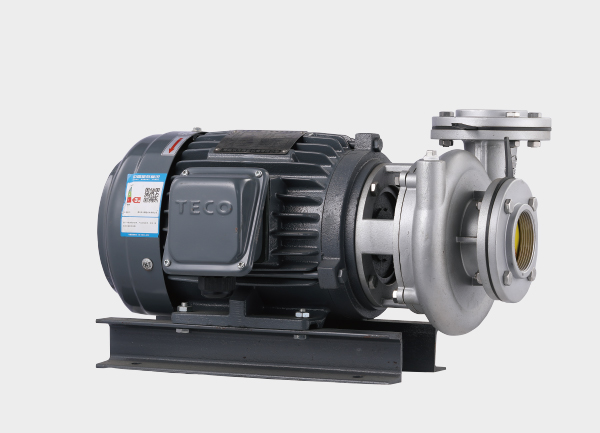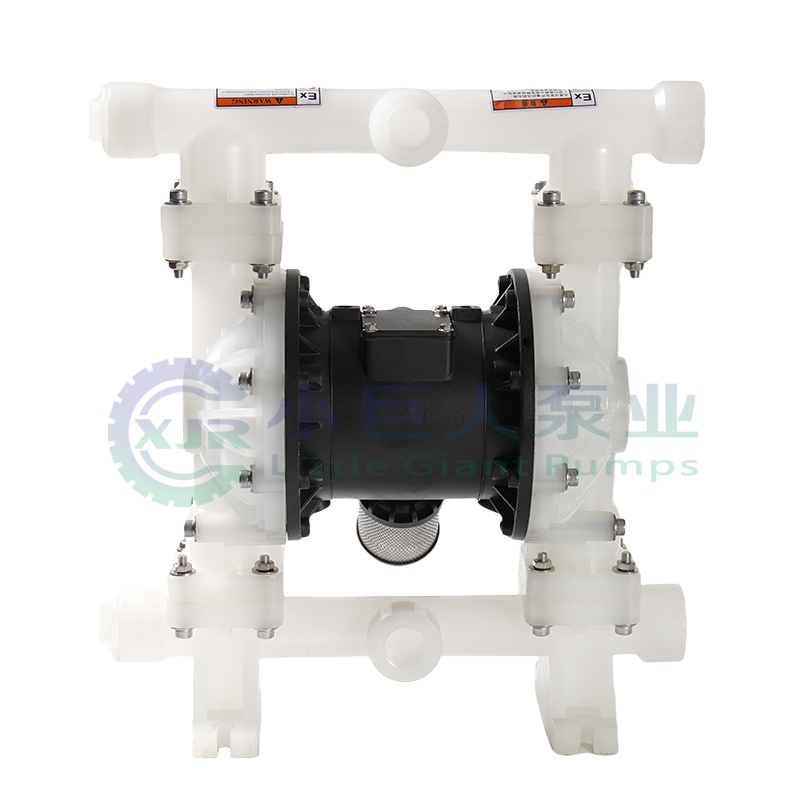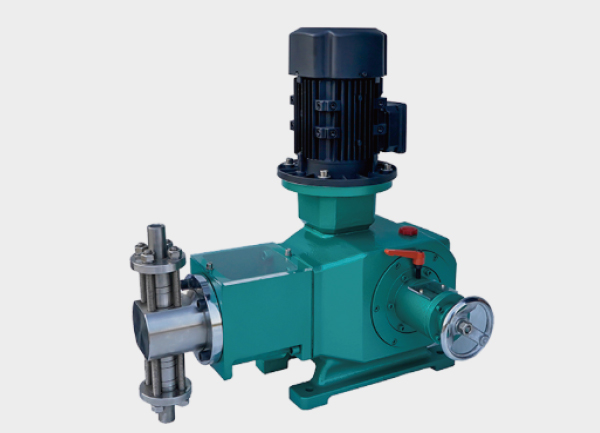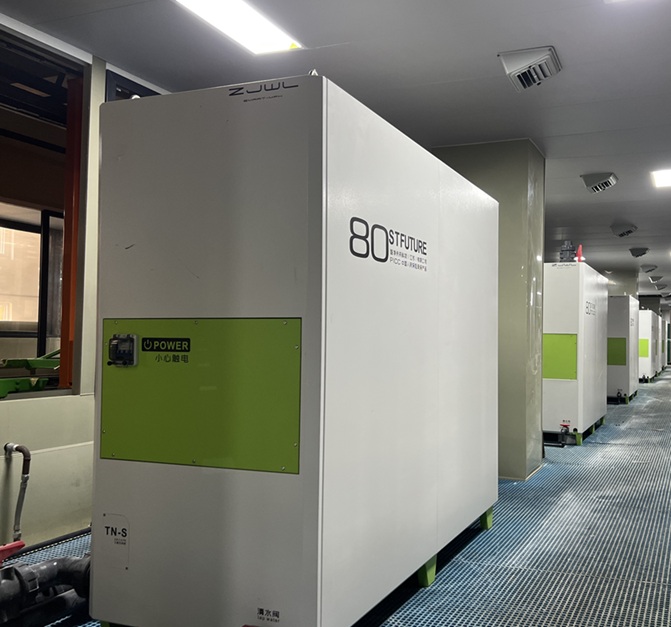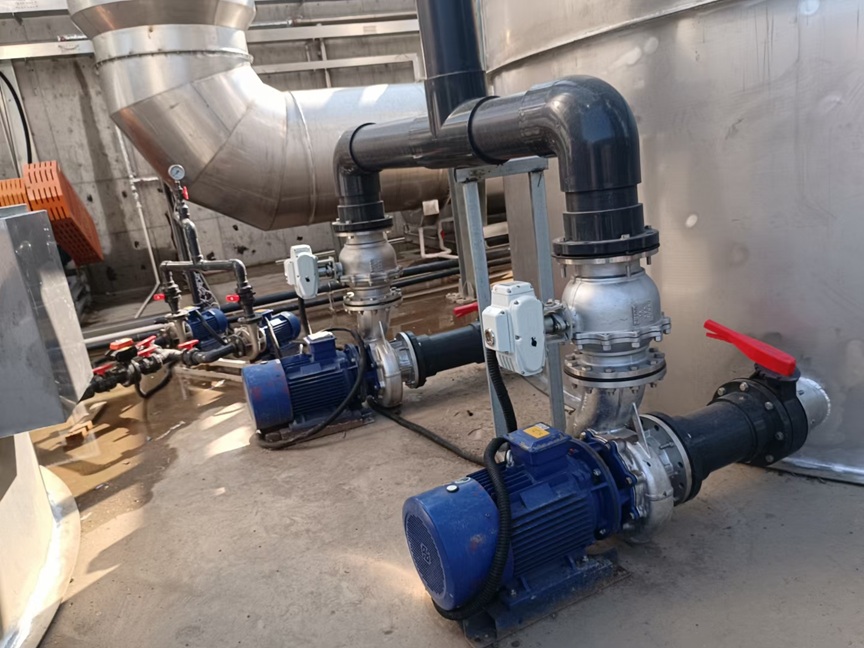When a vertical pump fails to deliver water, the issue typically lies within four major areas — the inlet system, power and transmission, pump internals, or system configuration. Understanding and checking these aspects in order can help quickly locate and resolve the problem.

1. Inlet Problems (Most Common — Check First)
Inlet issues are the leading cause of a pump failing to “prime” or draw water. The main problem is that the pump cannot form a proper vacuum, or water cannot reach the pump chamber.
Low water level at the suction point:
If the tank or reservoir water level is below the suction inlet, the pump may draw air instead of water.Inlet valve closed or clogged:
A closed valve or blockage from debris, sand, or sludge at the inlet or strainer prevents water from entering.Air leakage in the suction line:
Loose pipe joints, damaged flanges, or worn seals can let air into the suction line, destroying the vacuum and causing air lock (also known as “air binding”).
2. Power and Drive Issues
If the pump runs but still fails to deliver water, it often indicates a power failure or incorrect drive setup.
Motor not running or malfunctioning:
The motor may not start due to electrical failure, switch damage, or motor burnout, leaving the impeller stationary.Motor running in reverse:
Wrong wiring connections can cause the motor to rotate backward, reversing impeller direction and preventing suction or discharge.Transmission failure:
Couplings, belts, or other drive components may be loose, broken, or slipping, stopping power transfer to the impeller.
3. Internal Pump Faults
If the inlet and motor are functioning correctly, the next step is to inspect internal pump components.
Impeller damaged or clogged:
Broken or worn impeller blades, or debris lodged inside the impeller, can block flow and reduce pumping performance.Seal failure:
A damaged shaft seal (mechanical seal or packing) may cause internal leakage, leading to pressure loss inside the pump chamber.Air trapped in the pump casing:
After installation or maintenance, air may remain inside the pump casing if the air vent isn’t opened, leading to “air lock” and no water discharge.
4. System or Design Mismatch
Sometimes, the pump itself is fine, but the system design or selection is inappropriate for the application.
Actual head exceeds rated head:
If the total lifting height is greater than the pump’s rated head, the pump won’t be able to deliver water to the desired elevation.Excessive discharge resistance:
Narrow discharge piping, too many elbows, or partially closed valves increase flow resistance beyond the pump’s pressure capacity.
Conclusion
When a vertical pump is not delivering water, start with the suction system, then check power and rotation, inspect internal components, and finally review the system design. This structured troubleshooting method ensures efficient diagnosis and minimizes downtime.


